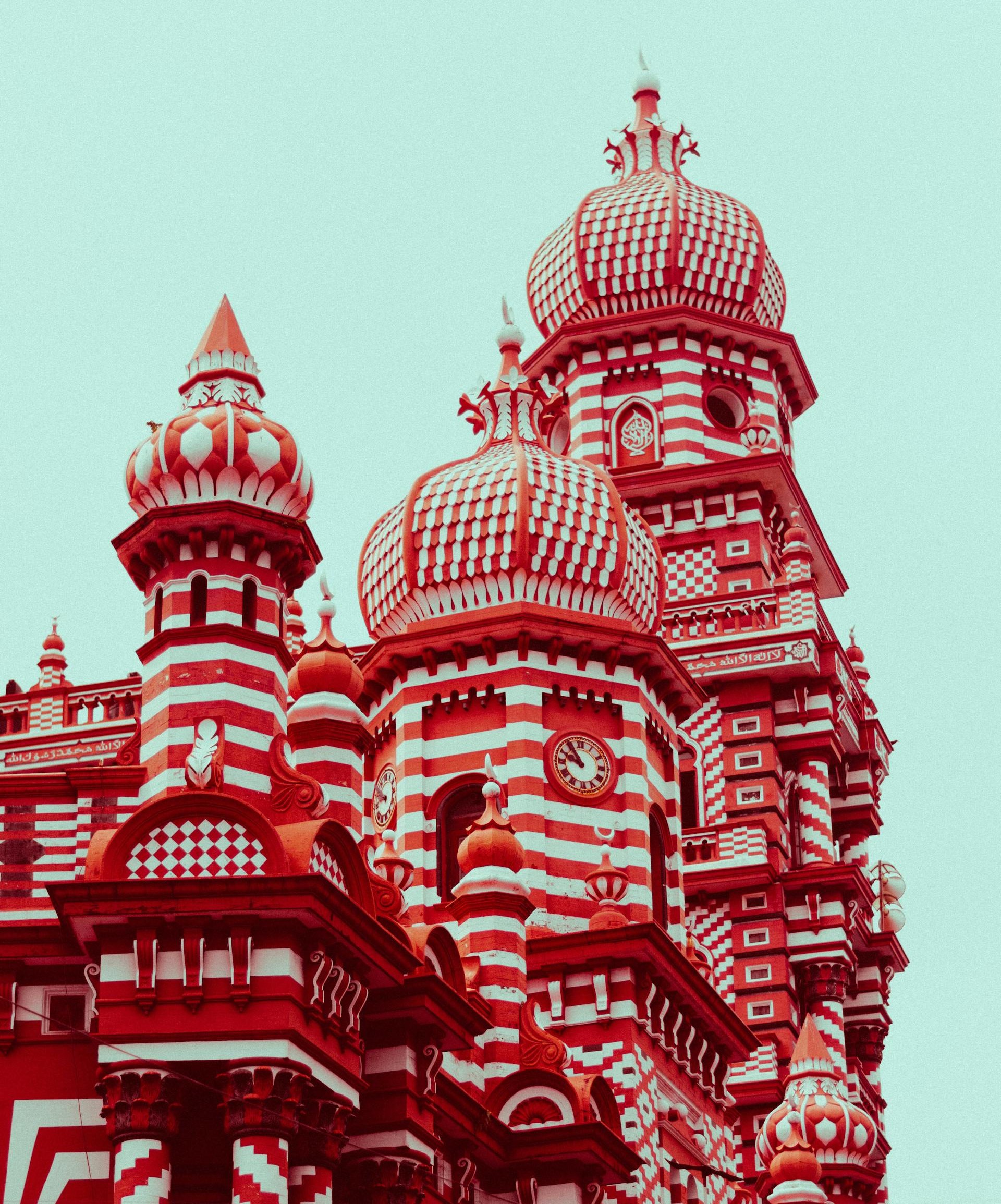The Pekoe Trail in Sri Lanka
The Pekoe Trail is a newly established long-distance walking trail in Sri Lanka. It covers 300 kilometers (185 miles) of the central highlands of the country. It is also considered the first ever long-distance walking trail, which provides a unique experience for hikers, trekkers,…
Galle Face Green
Nestled along the scenic coastline of Colombo, Galle Face Green beckons travelers with its charm and allure. Spanning 5 hectares of ocean-side splendor, this urban park is a cherished destination for both locals and visitors alike, offering a myriad of experiences to be savored…
Viharamahadevi Park in Colombo
Nestled in the heart of Colombo, Sri Lanka, Viharamahadevi Park stands as a serene oasis amidst the bustling cityscape. As the oldest and largest park in Colombo, it offers a welcome retreat for locals and tourists alike, providing a tranquil space to unwind and…
Panchamuga Anjaneyar Kovil in Colombo
Panchamuga Anjaneyar Kovil, situated in Colombo, Sri Lanka, is a captivating Hindu temple dedicated to Lord Hanuman. The temple’s name, “Panchamuga,” translates to “five-faced,” symbolizing Lord Hanuman’s five-faced form, an embodiment of devotion, strength, knowledge, courage, and power. Why Visit Panchamuga Anjaneyar Kovil? A…
Discovering Colombo: A Tale of History and Shopping at Arcade Independence Square and Independence Square
Nestled in the heart of Colombo, the Arcade Independence Square beckons as a captivating blend of history and modern indulgence. This popular shopping complex, situated in proximity to the iconic Independence Square, offers a unique experience for visitors. The Arcade Independence Square, a testament…
Exploring the Elegance: Jami Ul-Alfar Mosque in Colombo
The Jami Ul-Alfar Mosque, affectionately known as the Red Mosque, graces Colombo’s Pettah district, offering a captivating blend of history and architectural splendor. Constructed in 1908, its iconic red and white striped facade beckons both locals and tourists alike. The Red Mosque is one…
A Journey Through Time: Unveiling the Atamasthana of Anuradhapura
In the heart of Sri Lanka, nestled within the ancient city of Anuradhapura, lies a constellation of eight sacred sites known as the Atamasthana. These revered locations, each bearing the weight of history and faith, are more than just architectural marvels; they are a…
Discovering the Wonders of Negombo Lagoon: A Sri Lankan Oasis
Embark on a scenic voyage through Negombo Lagoon, a captivating haven between bustling Negombo town and the azure Indian Ocean. Spanning 35 square kilometers, this estuarine gem invites adventurers and nature enthusiasts to explore its serene waters, rich biodiversity, and cultural tapestry. Whether you…
Baobab Tree in Mannar: Guardians of Time
The Baobab tree, a living testament to a botanical odyssey across continents, graces the landscape of Mannar in Sri Lanka. Known by various names like biobab, boab, boaboa, bottle tree, upside-down tree, and monkey bread tree, these ancient giants weave a majestic tale of…
Unveiling the History and Charm of Mannar Fort in Sri Lanka
Introduction Located on Mannar Island along the picturesque northwestern coast of Sri Lanka, Mannar Fort proudly stands as a testament to the nation’s rich historical tapestry. Its origins trace back to the Portuguese colonial period, rendering it an intriguing destination for both history enthusiasts…













